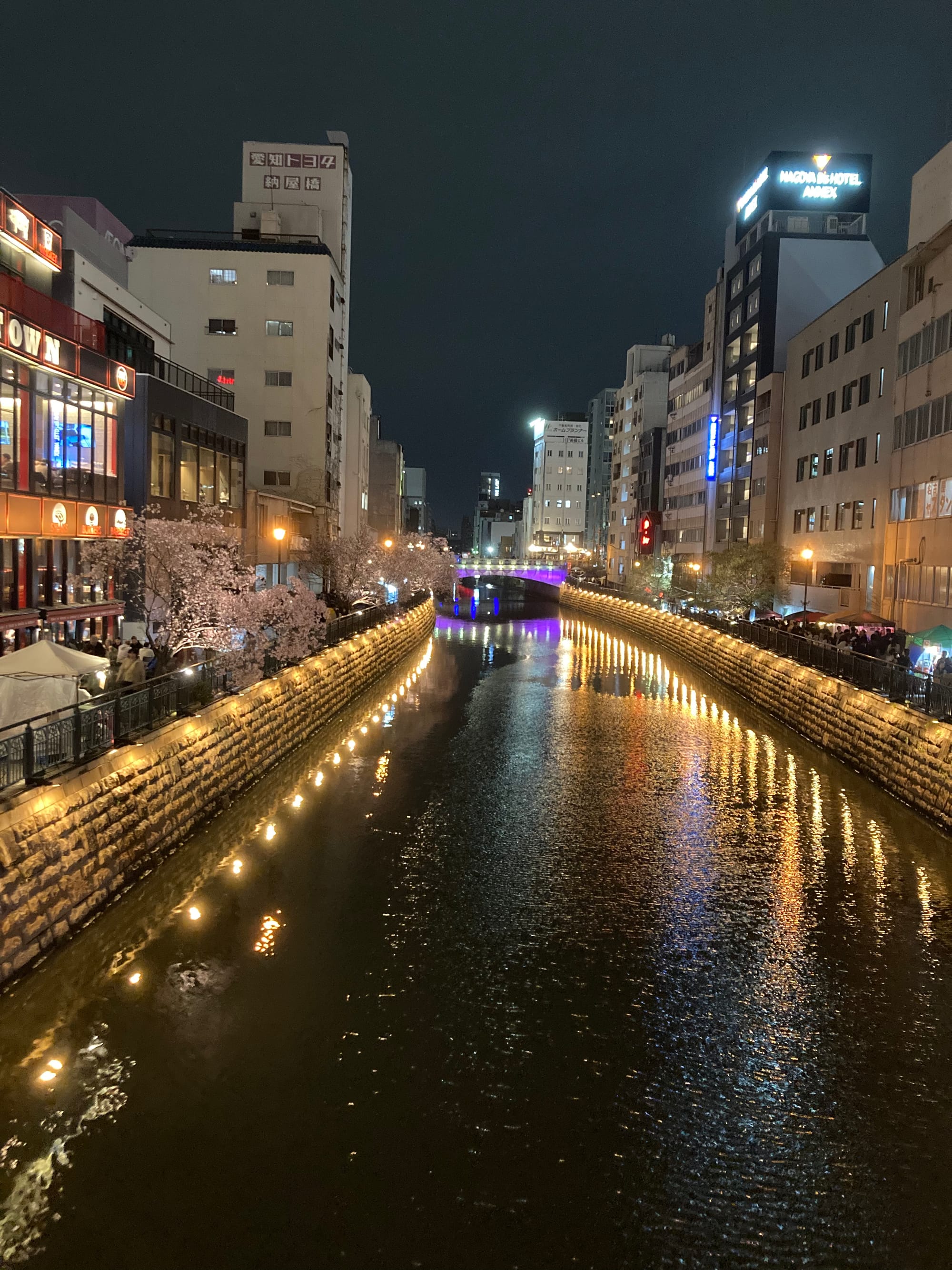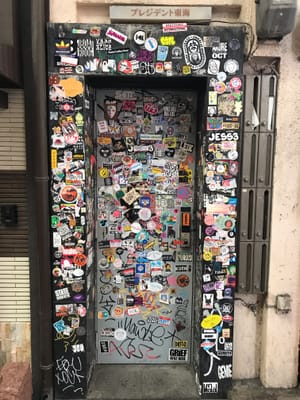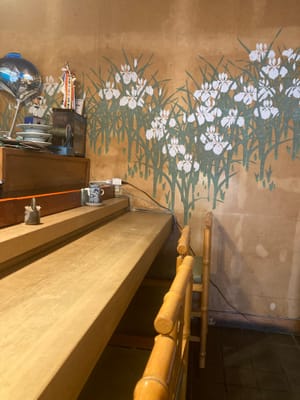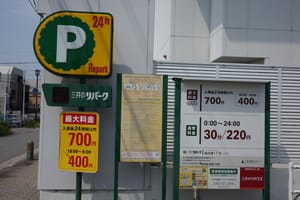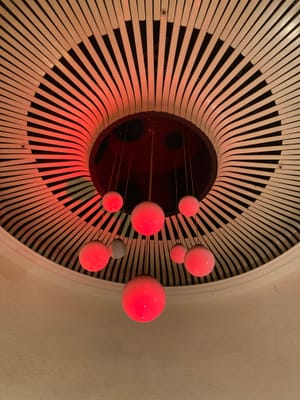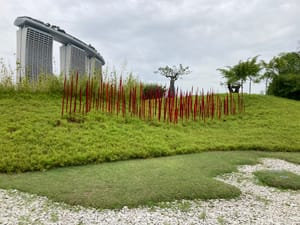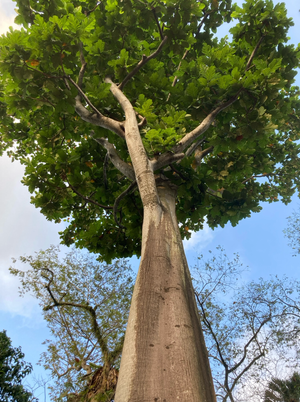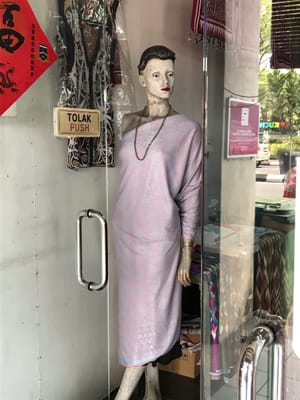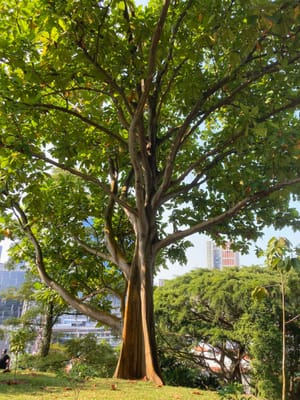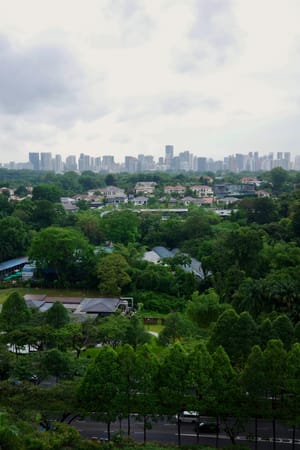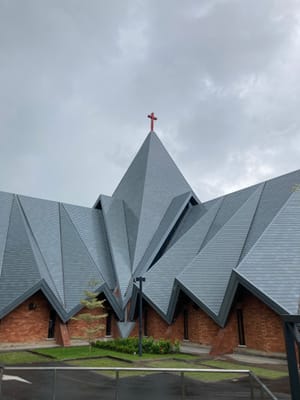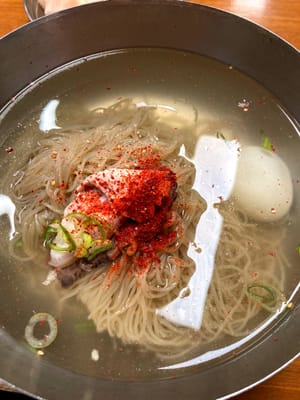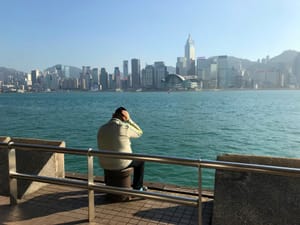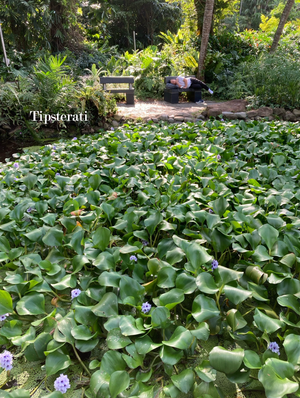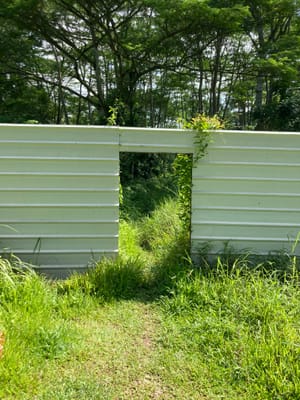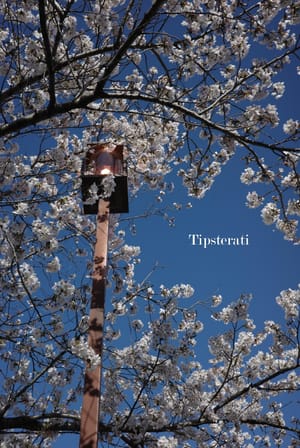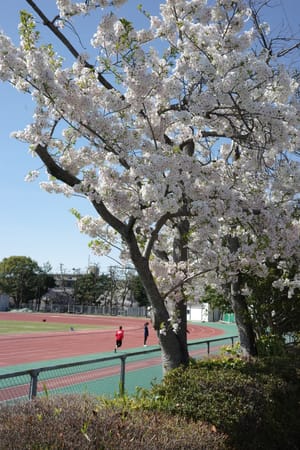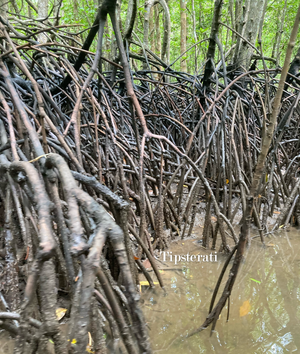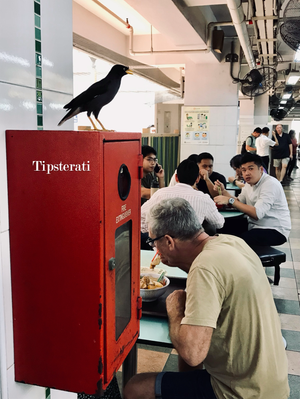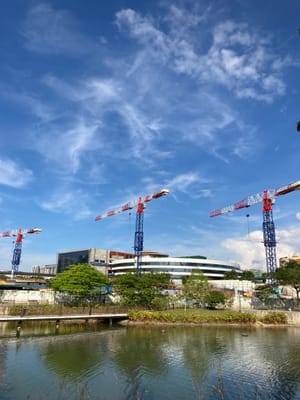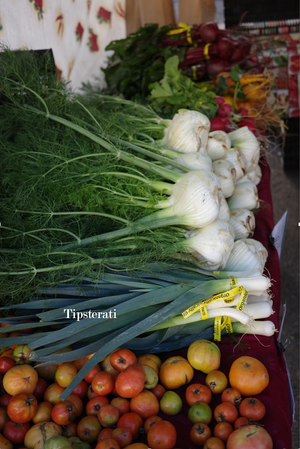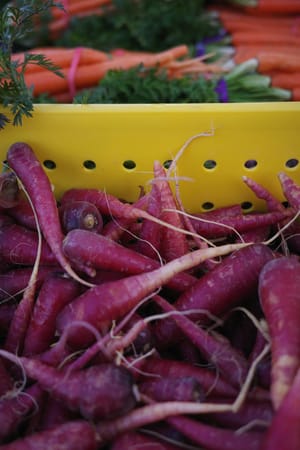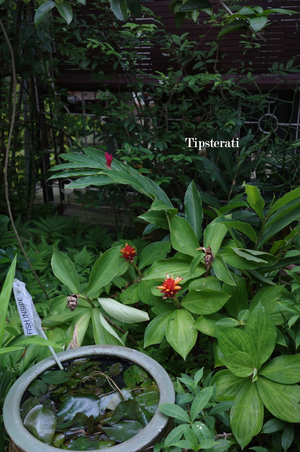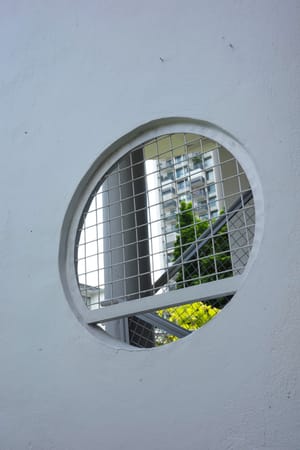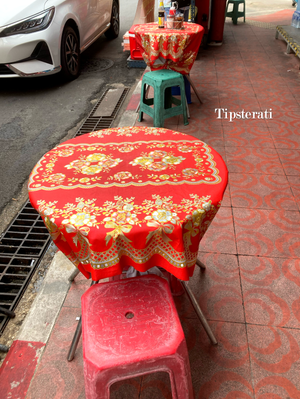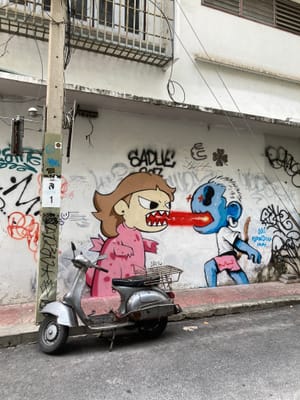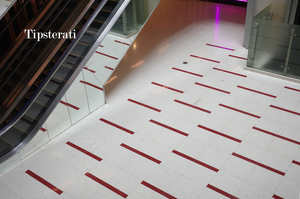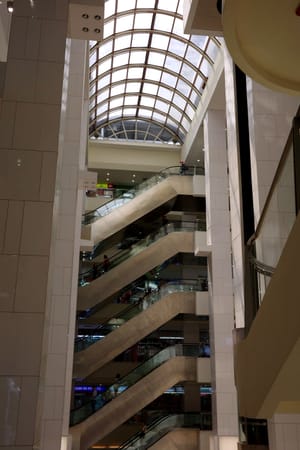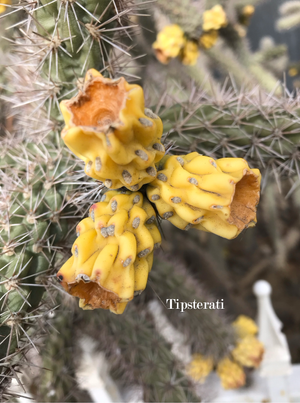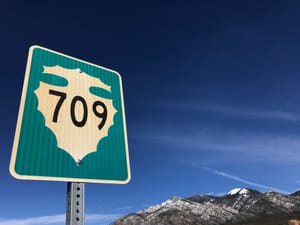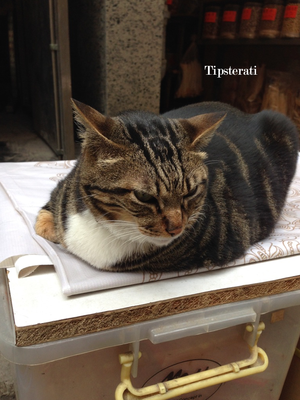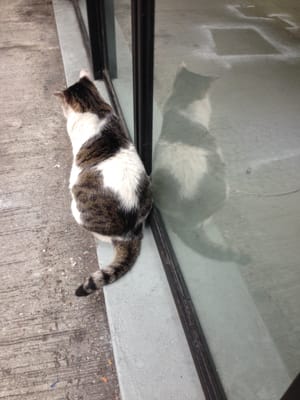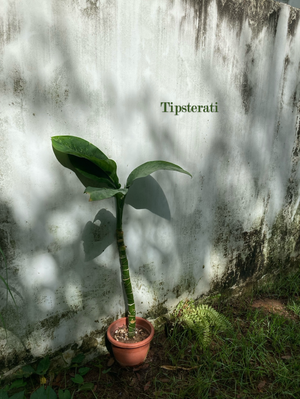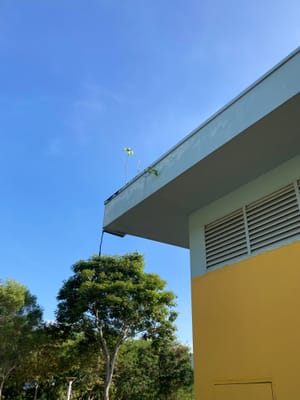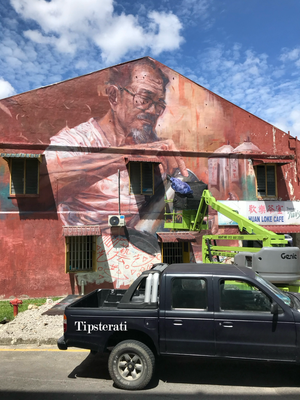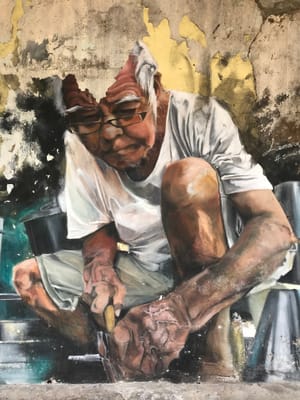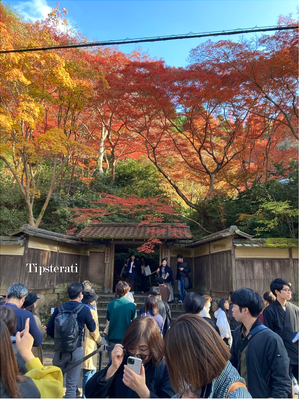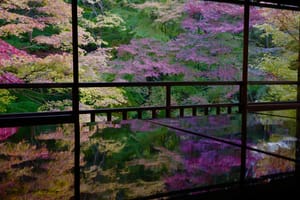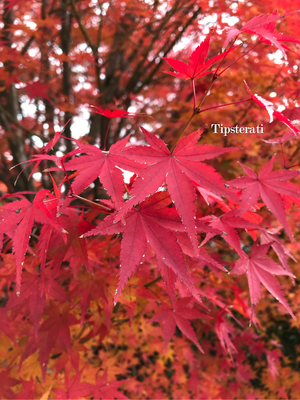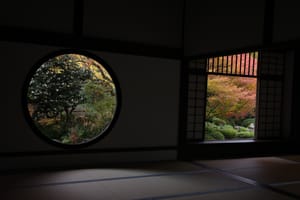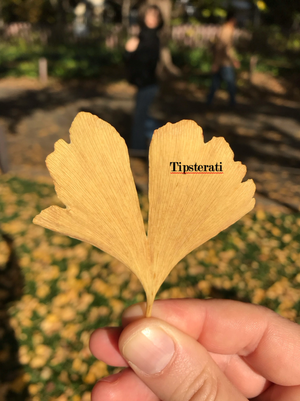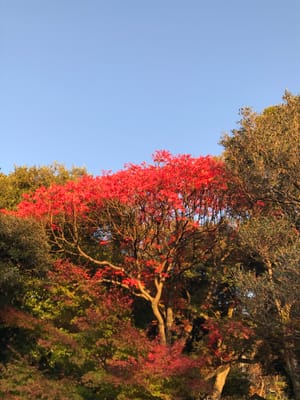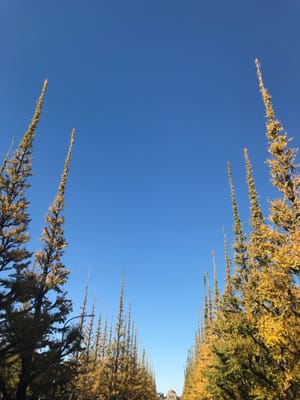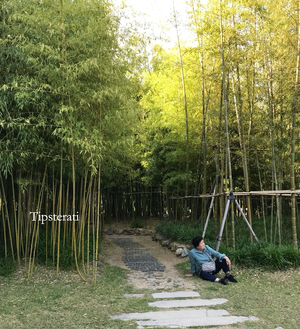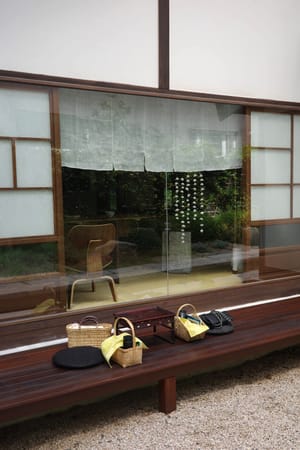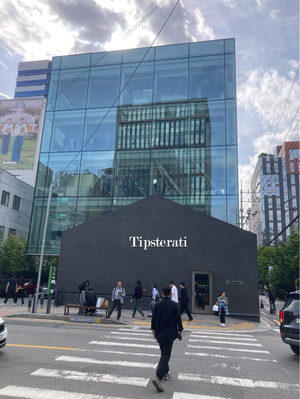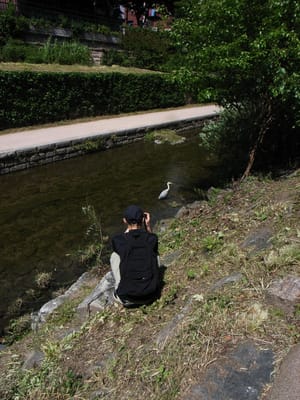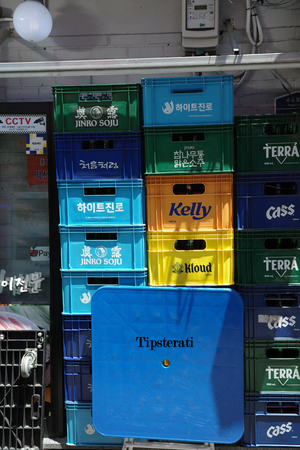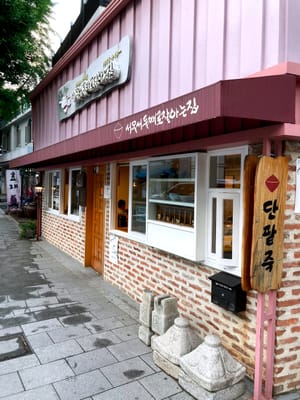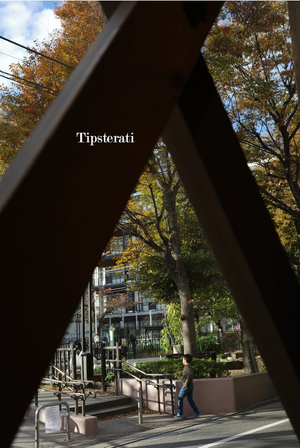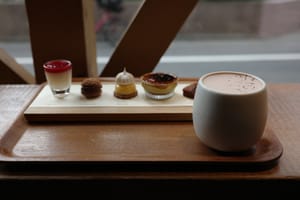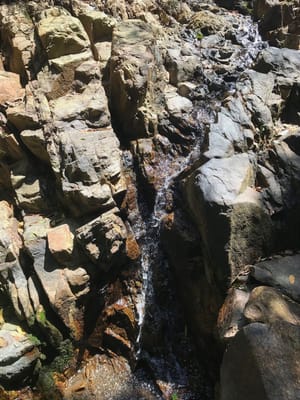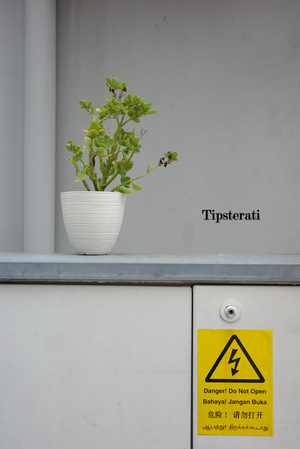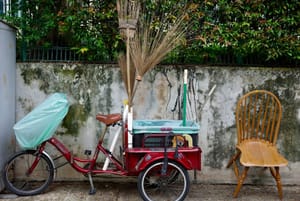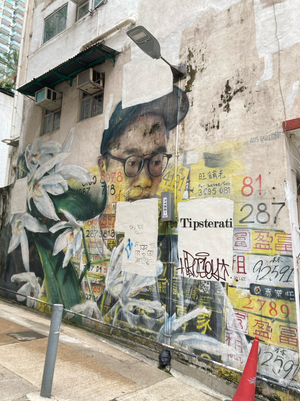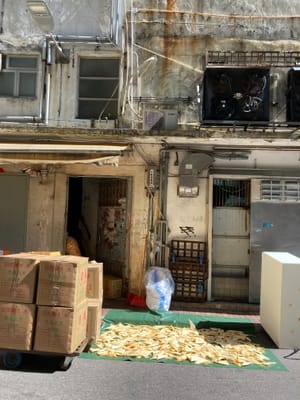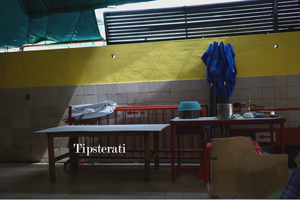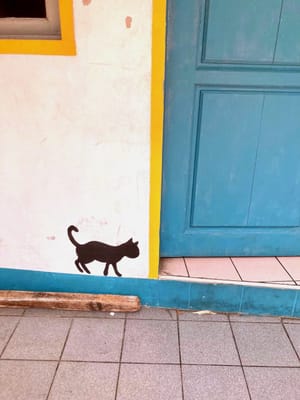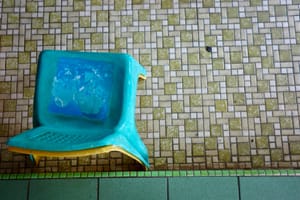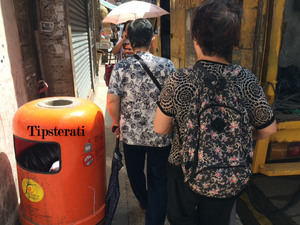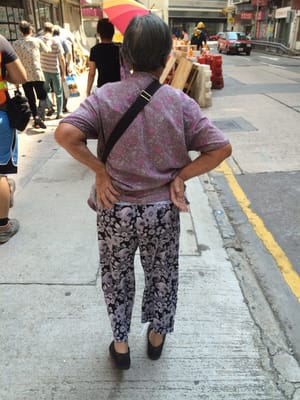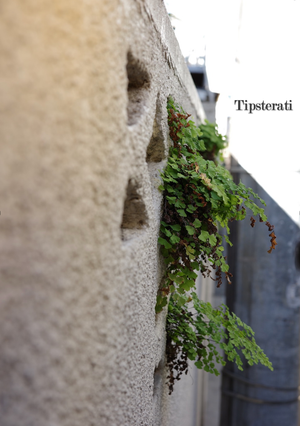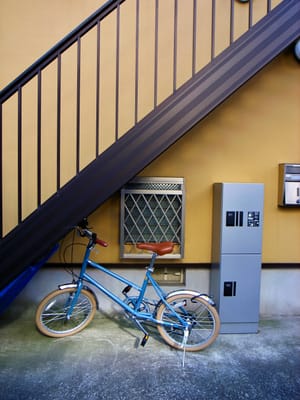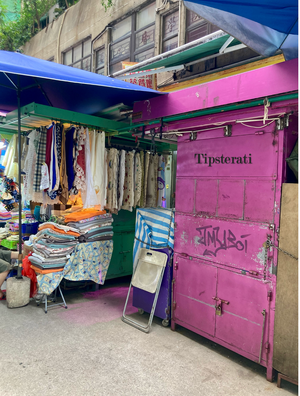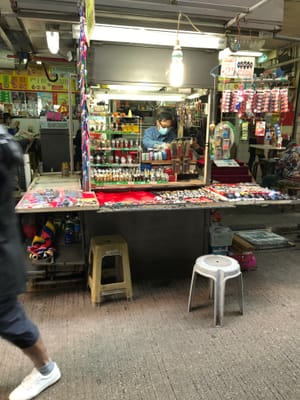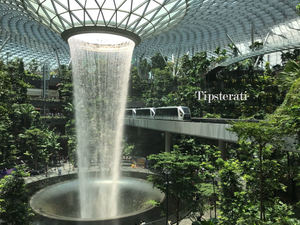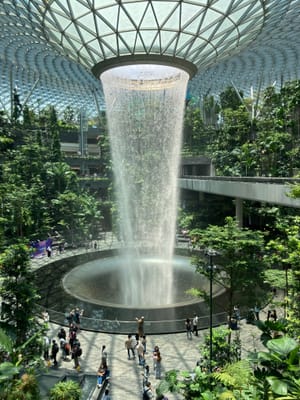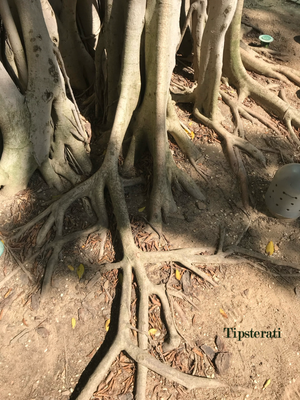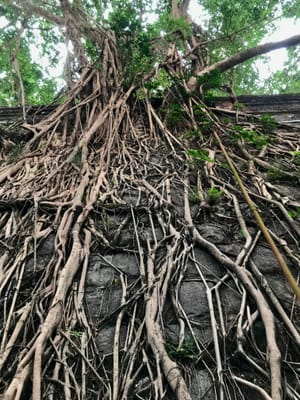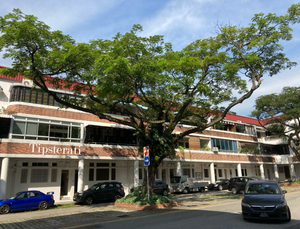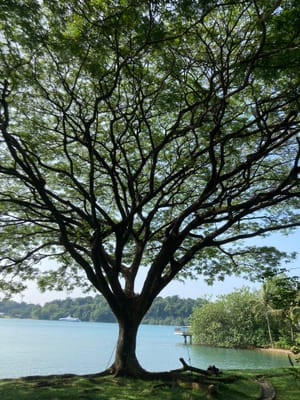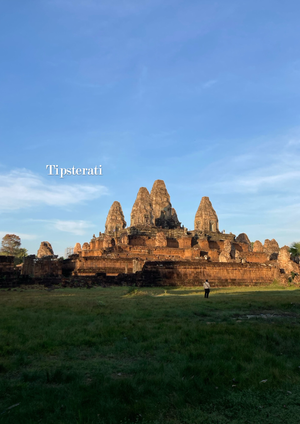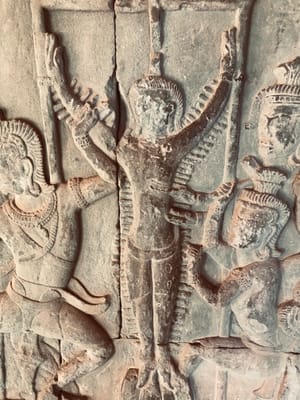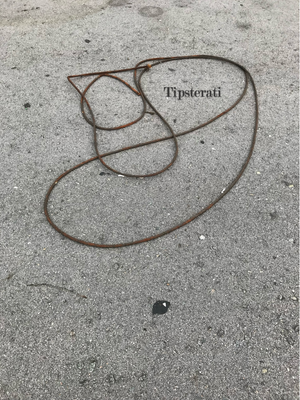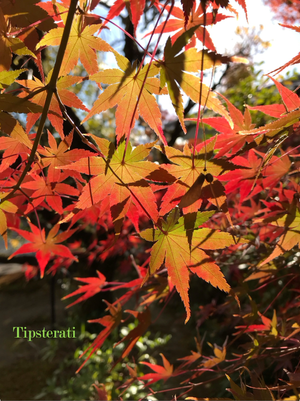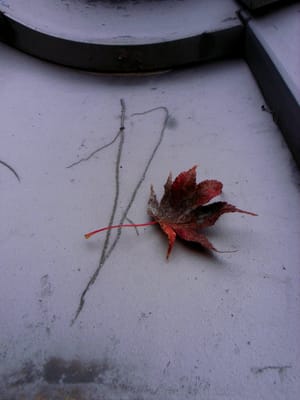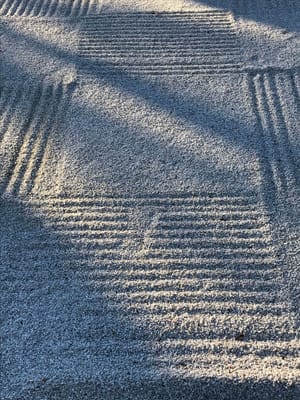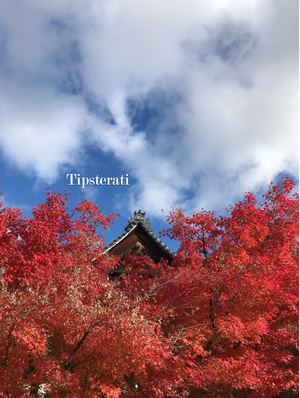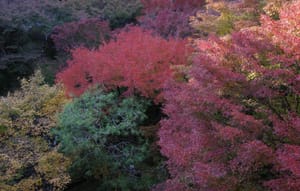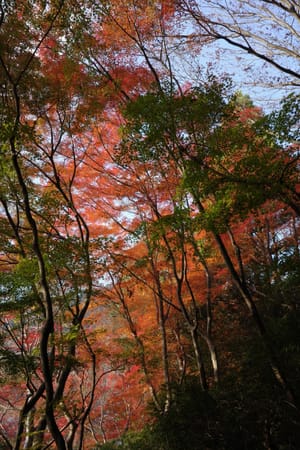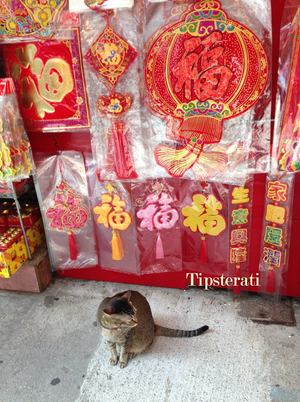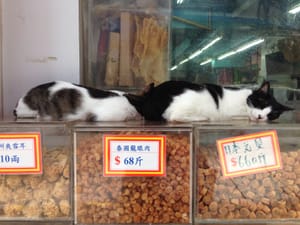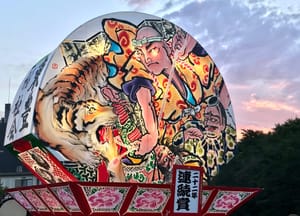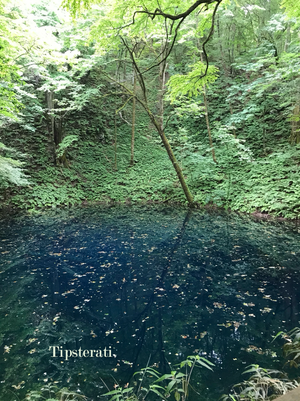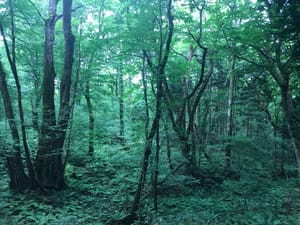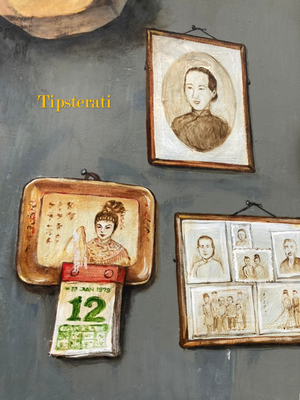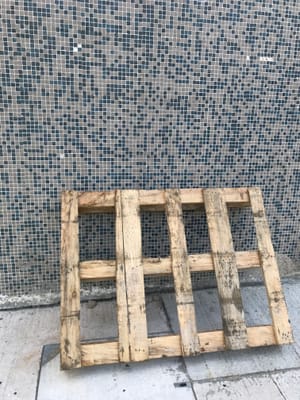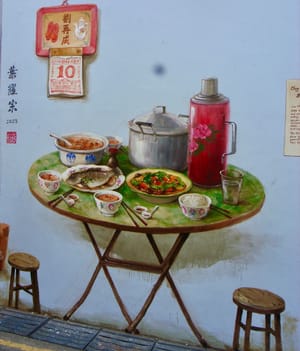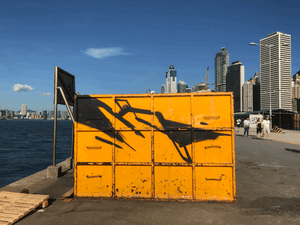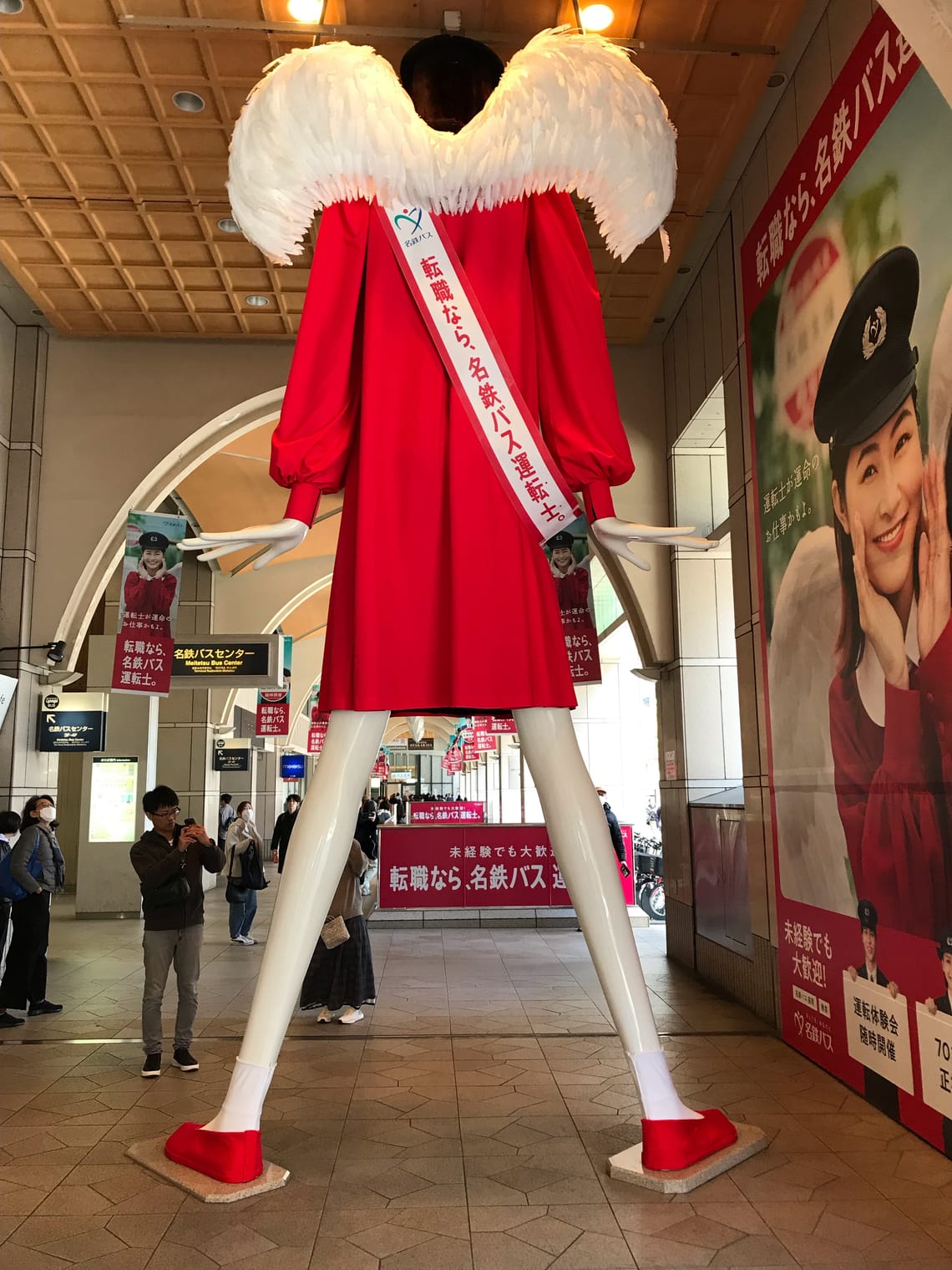
Nagoya: A Tipsterati Guide
Very few tourists go to Nagoya. This is understandable. Nagoya does not have the allure of Tokyo or the verve of Osaka. Nor does it have the charm of Kyoto with its wooden machiya buildings and meditative temples. It’s mostly grey, full of commercial skyscrapers and endless highways. The food is great, but there is good food everywhere in Japan, so why bother with Nagoya?
Nagoya is perhaps more for the repeat visitor to Japan who has had enough of crowds and over tourism in Japan’s major cities. Nagoya is nonbiri. It’s relaxed and leisurely. You can tell from the moment you land. Nagoya’s Chubu Airport is sleek and efficient, and working your way through the usual hoops of immigration and customs is surprisingly painless. Peak hours at major subway and train stations can get busy, but it is nowhere as intense as it would be in Tokyo or Osaka. You get the perks of a major city but without the pain of over crowding. The avenues are broad; the subway system well-run and not jammed to the gills; the locals have time to be friendly. It’s not a very pretty city, but you have some breathing space. You start to see a different kind of Japan here: highways and strip malls, roads and cars everywhere. It’s not what the visitor usually wants from Japan, but this is also very much what Japan is too. You are faced with the reality of post-war industrial modernity, and you come to Nagoya to see how its residents have made their peace with this and how they continue to live well.
Where to stay
An elegant and well-apppointed hotel near Nagoya station, this cannot be beaten for convenience. It’s close to department stores, Nagoya’s central market, and numerous excellent eateries. It makes for a good base too if you plan to take trips out of Nagoya. Kyoto, for example, is only 30 mins away by shinkansen. You can also access the mountain villages of Gifu from Nagoya station.
Where to eat
This is a cosy ramen joint near Nagoya Station. The shio tonkotsu ramen and the Taiwanese mazesoba are the ones to go for here. The shio tonkotsu broth is rich, deep, and satisfyingly umami. Mazesoba is a dry noodle dish and is popular in Nagoya. A raw egg yolk gives the noodles a velvety texture. Make sure to add a dollop of Ichi’s spicy miso to the bowl for a bit of a kick! Even if you add a little too much, the sounds of soul music from the 1960s and 1970s, always playing on the speakers, will soothe you.
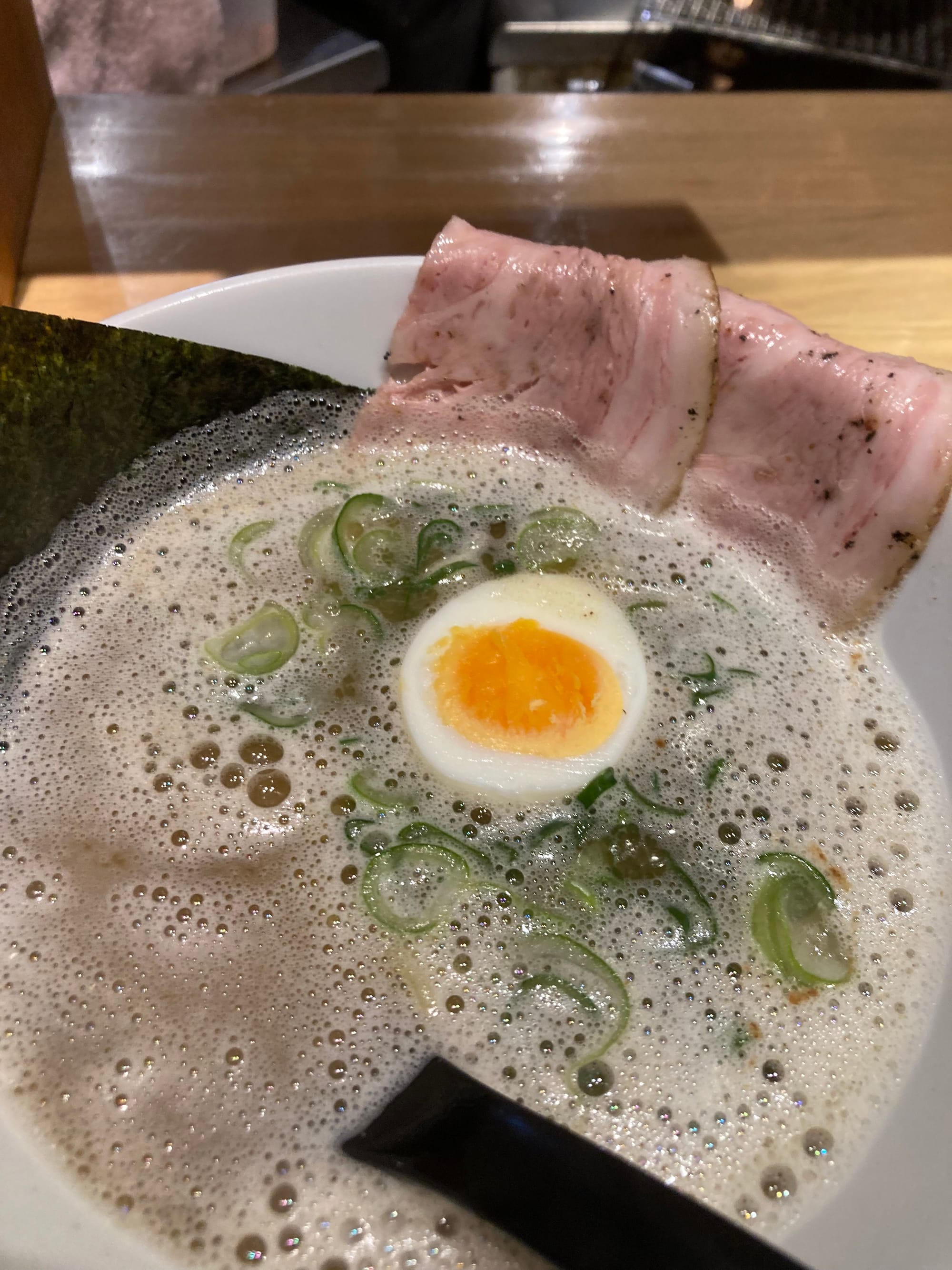
This is out in the suburbs of Nagoya, but it’s an excellent tonkatsu restaurant and they serve their golden, panko-crusted pieces of pork with a Nagoya specialty—a sweet, dark sauce made from the region’s famous, earthy red miso. It’s a lively and friendly place, filled with locals. Don’t expect English to be spoken though; we are well off the tourist path here. But you can always manage with Google translate and the staff are very kind and patient.
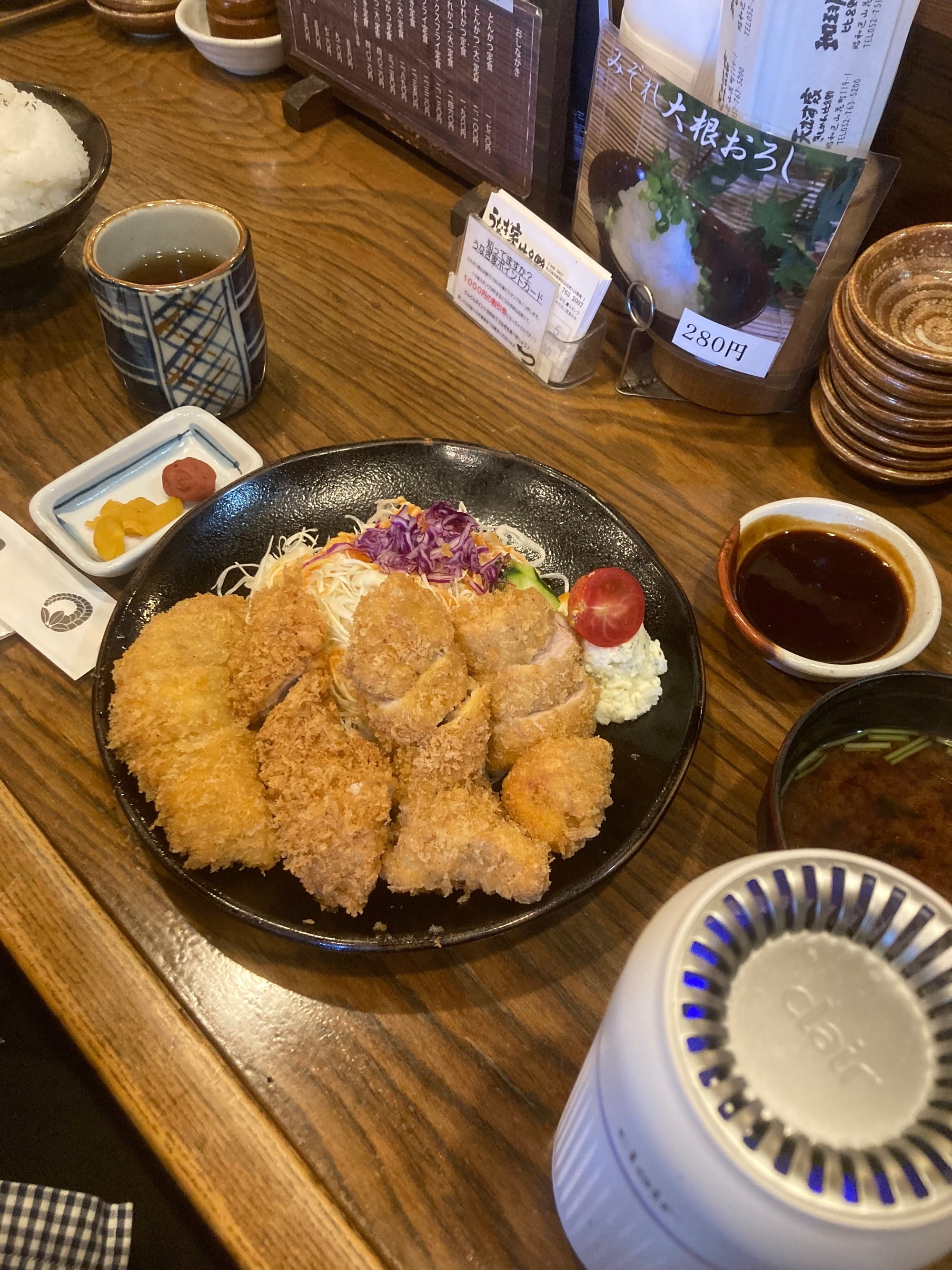
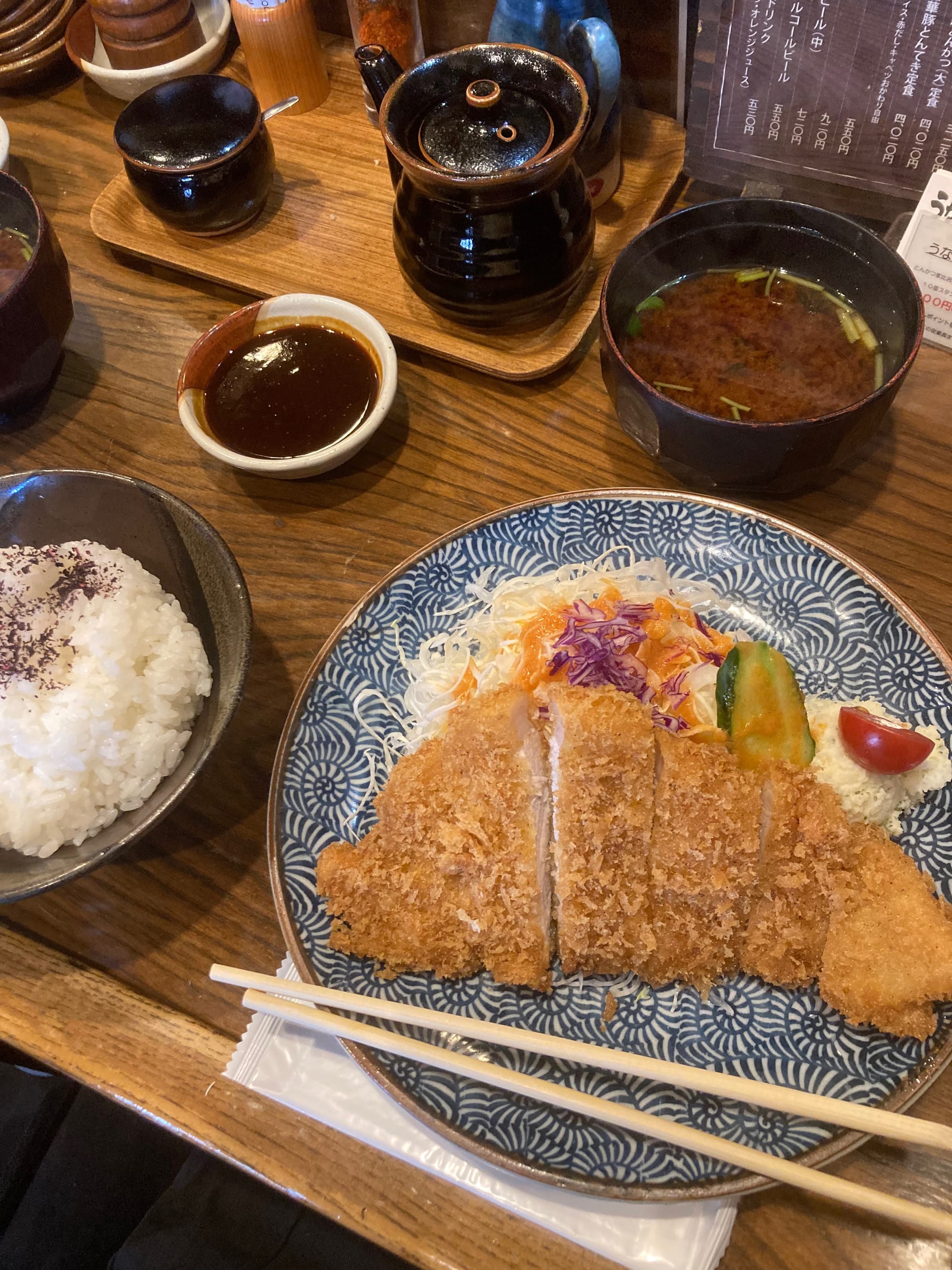
©Wendy Gan 2025
If you don’t fancy tonkatsu, just a few doors down is Hirono’s very own grilled eel restaurant, Unagiya Hirono, where the main courses come with a free-flow pickle bar. Next door to Hirono Tonkatsu is an old school coffee shop, also owned by Hirono, where you can soak in some retro vibes.
What to do
Toyota Museum
This is the museum to visit when in Nagoya. You may have no interest in cars, but the story of Toyota’s transformation from weaving to automobiles is nonetheless fascinating. The museum preserves many of the machines used in their factories, from looms to crookshank-making juggernauts to robot arms and you will be given an insight into the complexities and intricacies of industrial production.
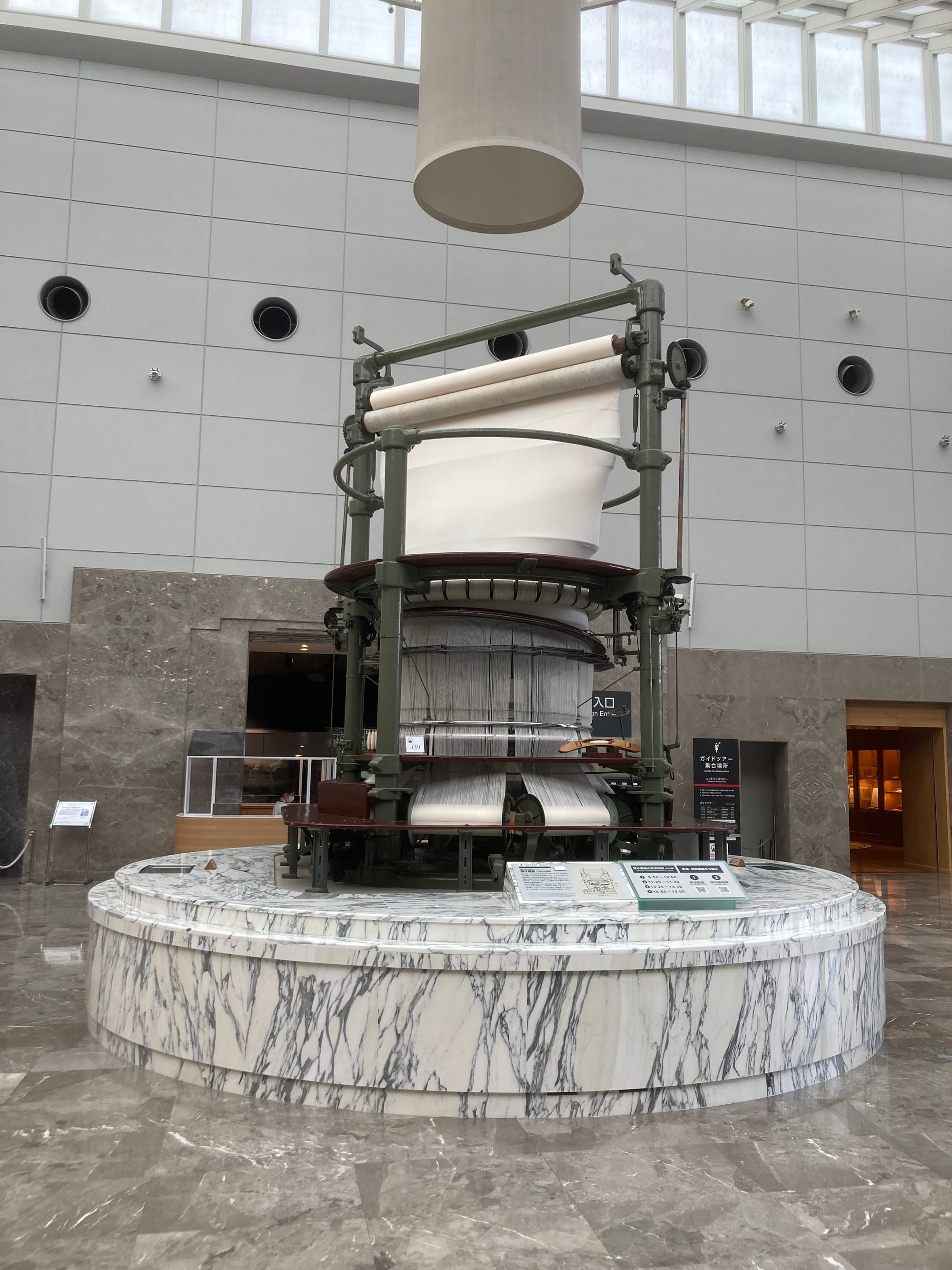
Noritake Museum
Noritake is a famous Japanese fine porcelain producer, and if you are a fan, you might enjoy seeing how their delicate wares are made. This can be done in tandem with the Toyota museum and you can buy a joint ticket for both.
Nayabashi Yoichi
This is a lively night market that takes place on the fourth Friday of each month along the Horikawa river. It’s mainly a food-oriented market, so have a light and early dinner (or skip dinner completely) and come hungry. The stall vendors are young and their offerings are often inventive and interesting. You will find handmade gyoza, onigiri with interesting fillings, fusion ramen, cakes, and wine and sake. It attracts a youthful, hipsterish crowd and is an enjoyable night out.
